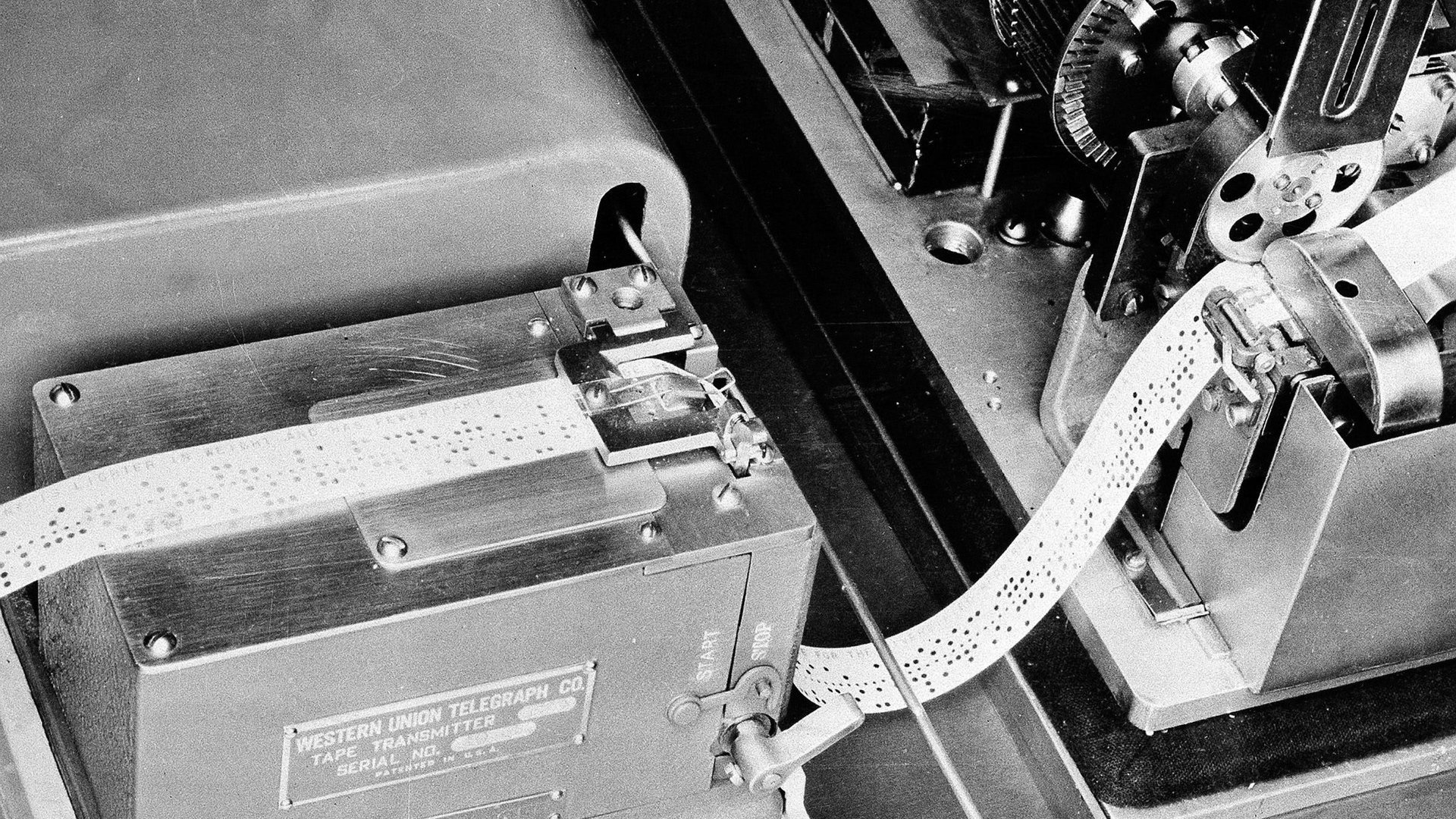Dwolla’s plan to replace America’s creaky financial infrastructure now includes real-time payments
Dwolla’s mission to build better infrastructure for sending people money enters a new stage today with the first truly real-time internet payment system.


Dwolla’s mission to build better infrastructure for sending people money enters a new stage today with the first truly real-time internet payment system.
Most internet payment companies, like PayPal, Venmo, Square, and PopMoney, make money transmission more accessible to people, but remain dependent on aging financial architecture to handle the actual transfers. Some rely on Automated Clearing House (ACH) wire transfers; others, on credit card networks. But ACH can take at least a day, if not two or three, to settle a transfer; credit card networks can move slightly faster, but come with fees and middlemen.
Dwolla, however, is dedicated to building its own network. In 2011, it rolled out FiSync, a data exchange system intended to replace ACH for creating real-time payments between financial institutions. Just as importantly, it allowed Dwolla users with accounts at those institutions to exchange real-time payments between one another.
Dwolla CEO Ben Milne concedes FiSync’s adoption has been limited so far to its primary bank partner, Veridian Credit Union, and a few smaller credit unions. It has been hard to interest the largest financial institutions worried about regulatory compliance in start-up services without large customer bases.
The company’s new offering, Dwolla Credit, will make real-time payments available between participating online merchants and any Dwolla user, regardless of where they bank. Merchants will pay $0.25 per transaction, rather than the 2.5% to 3.5% fee assessed by credit cards, and won’t have to wait days for their revenue. Consumers, meanwhile, will be able to pay quickly without re-entering financial information, and are protected by Dwolla’s licensed fraud protection system.
This new offering is made possible thanks to FiSync and a partnership with Comenity Capital Bank, which provides the billions of dollars in liquid funding needed to keep pace with a large number of real-time transactions. Comenity is a subsidiary of Alliance Data, which manages many of the loyalty credit cards offered by retailers and airlines, and it suggests that consumer data might be part of Dwolla’s future strategy. Successfully executing on this partnership is an important step toward expanding the company’s network.
“The more pull we have with a consumer product, the more leverage we have for financial institutions, the more deals with have with financial institutions, the more connected nodes on the network, the more powerful it gets,” Milne says.